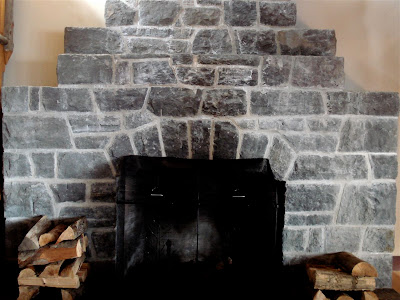Living within sight of a famously tall mountain can engender a sense of local pride. So when someone questions the height of your mountain or raises the height of their mountain, sparks can fly. Or more practically and literally, cairns can go up. Such was the case in Colorado with Mount Massive and Mount Elbert. Elbert is officially taller, at 14,433, about twelve feet higher than Massive. Both are in the Sawatch Range.
For many years, however, fans of Mount Massive operated with the knowledge that their peak was actually the taller of the two. To make sure, they would go up on the summit and build a cairn, at least 13 feet high. Elbertophiles, who “knew” that their summit was higher, didn’t take to the Massive upstarts’ cairn-erections and they would hike up Massive and take down the cairn, which lead to the Massive people heading back for another cairn raising. And, so on and so on. Finally, at some point the feud fizzled.
But the height of Massive still troubled some locals. In the late 1930s, an official survey determined that Mount Massive was taller than Mount Rainier, pushing Rainier from down to the fourth highest peak in the lower 48. Washingtonians were apoplectic. Leo Weisfield, chair of the Washington State Progress Commission, was so incensed that he contacted the superintendent of Mount Rainier and asked if something couldn’t be done to return Rainier to its rightful place as the third highest peak. Weisfield proposed that the simplest way to deal with the issue was to erect a cairn on Rainier’s summit.
Even more irate was Col. Blethen, the publisher of the Seattle Times. In a front page editorial on August 25, 1939, he wrote “Mount Rainier is the tallest mountain in the United States.” He rested his argument on the how much the mountain rose above its base, not its actual height. Those three mountains (Whitney in California and Elbert and Massive in Colorado) that were said to be taller than Rainier didn’t deserve their status since their bases were so far above sea level.
“For some reason the public has supinely accepted official measurements of mountains from theoretical sea level as indicating their actual height…This is sheer nonsense,” huffed Blethen. “It is perfectly true that Mount Whitney and probably the two hitherto unknown Colorado mountains are more than 14,000 feet “high” in the sense that their tops are that much above sea level, but there actually is no mountain in the United States that is 14,000 feet tall excepting the one which rises straight and clear from the sea level to peak and that is Mount Rainier.”
[nggallery id=26]Despite Blethen’s logic and Weisfield’s plan, nothing changed. Then in 1948, four Seattleites, as part of a service club, proposed to build a cairn atop Rainier. It would be 24-foot-high cairn made of rock and snow. Again, the superintendent of Mount Rainier rejected the request. In response, citizens in Mount Vernon, a small town north of Seattle, countered that they would be happy for the four Seattle climbers to come and build a 10,501-foot-cairn on a hill near Mount Vernon, making it the third highest peak in the state.
As someone interested a wee bit in cairns, I have been delighted to track down these stories of cairns and how important they are to people. Sure they may say that what their doing is all about making their local peaks bigger but I think they all they really desired was to find ways to go out and build more cairns.


